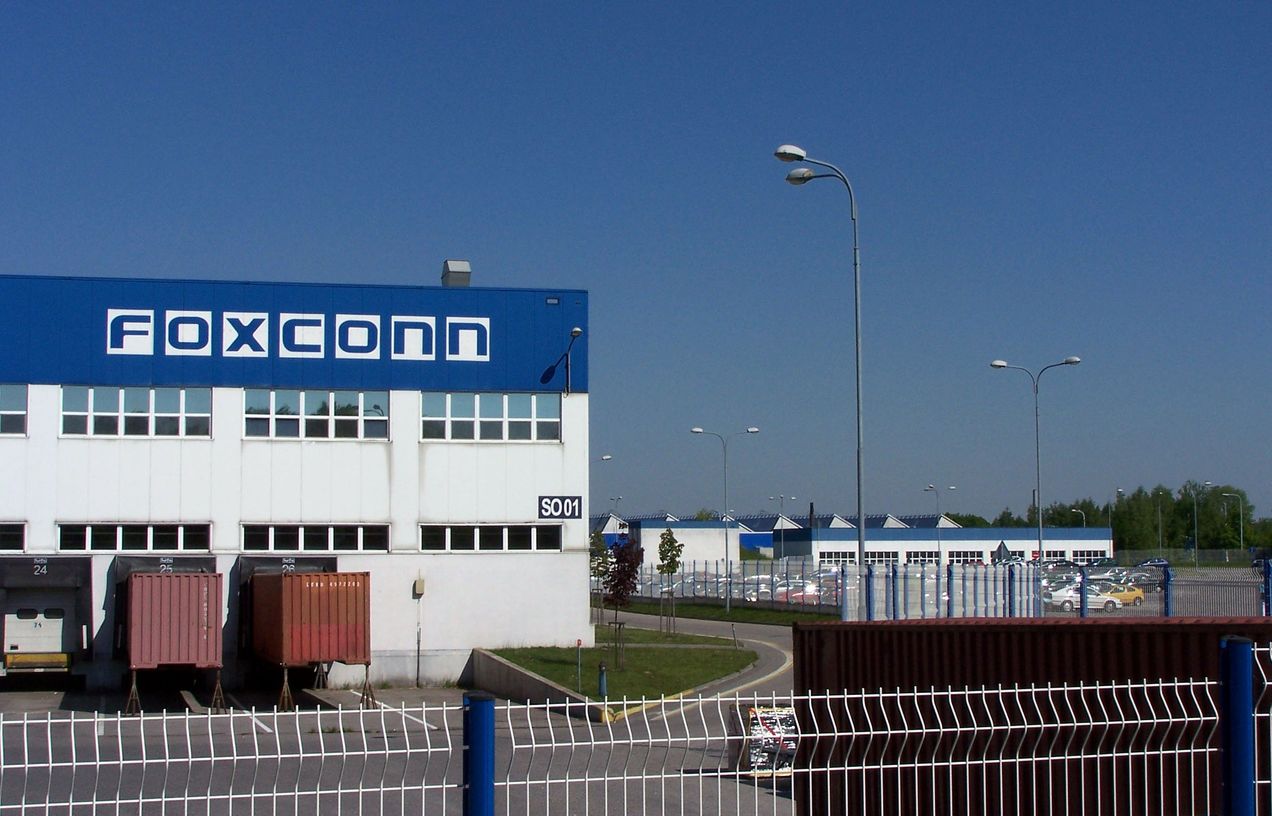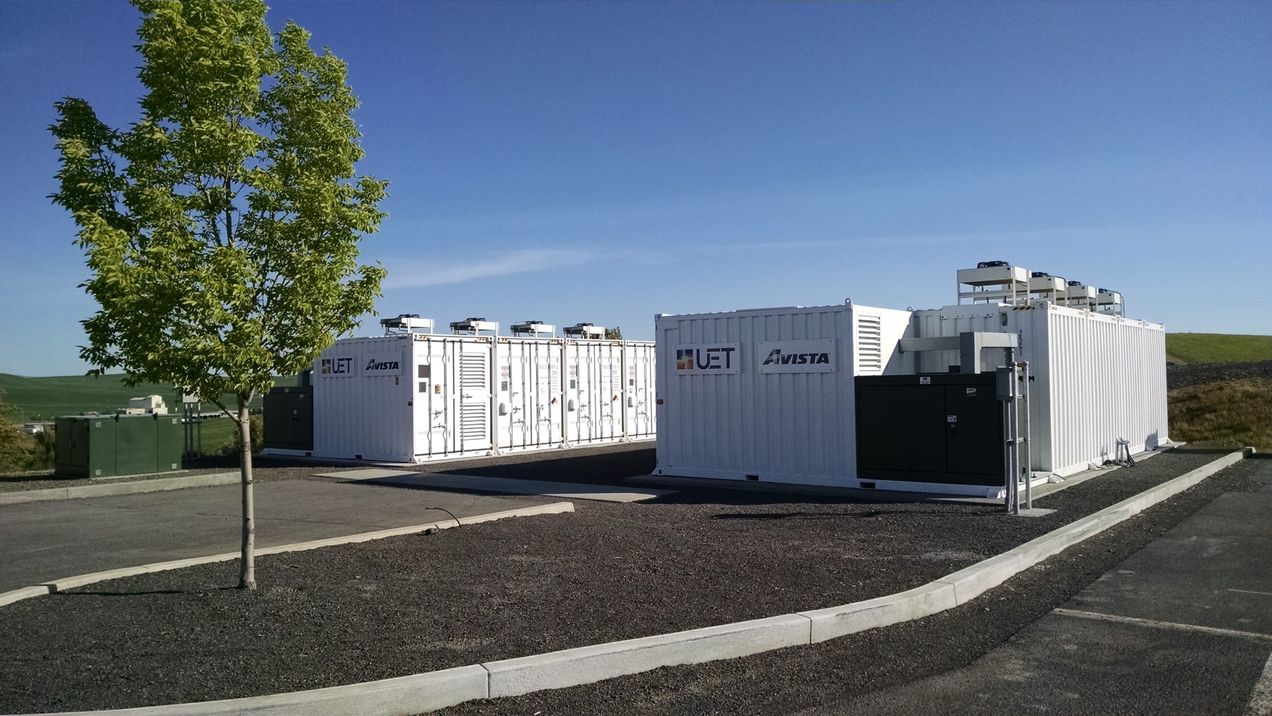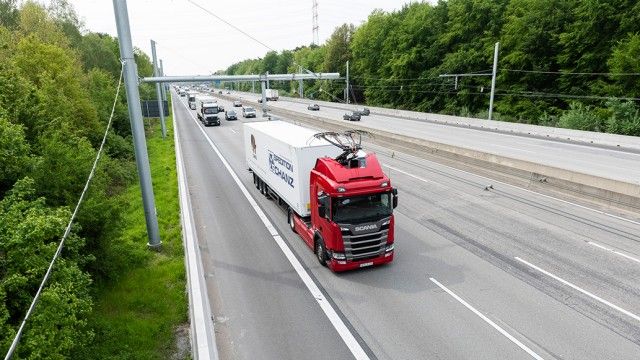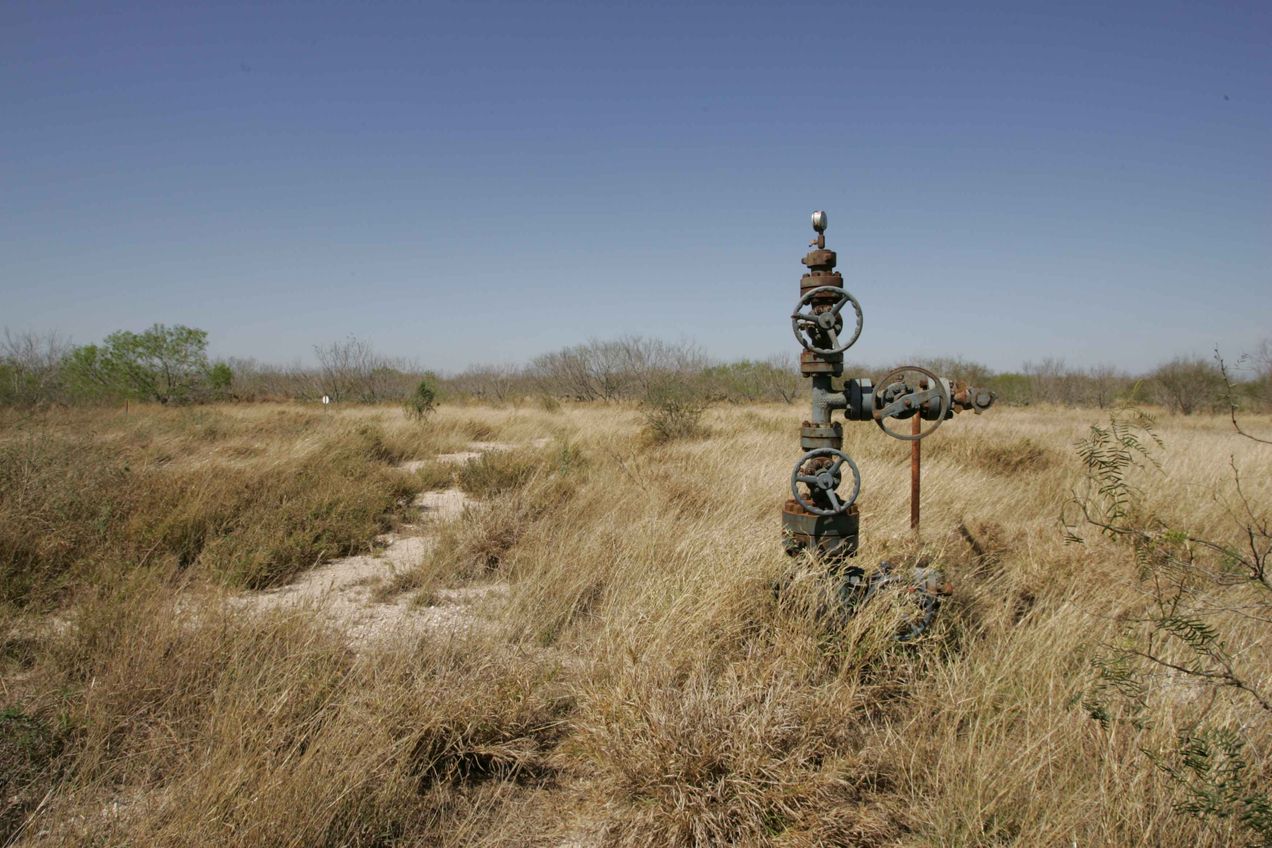Greener energy
Greener energy in transport, industry, and our electricity networks - plus all that goes with this
Will Foxconn build your next EV?
The manufacturing process and model for EVs could differ materially from existing ICE-based vehicles.
Bringing locals to local projects with crowdfunding
Allowing locals to share in the economics of renewable energy projects and other initiatives could overcome NIMBYism. With the right support from investors, these sorts of programmes could prove more effective than national rollouts.
How fast could the battery storage market grow?
Global energy storage is projected to reach a cumulative 411 gigawatts (or 1,194 gigawatt-hours) by the end of 2030, according to the latest forecast from BNEF.
Electric roads a better option for UK freight?
HGVs emit a disproportionate amount of CO2 relative to their total miles driven. Lowering those emissions is important.
Green steel - we all want it don't we?
Green steel is clearly a good thing. But it's clearly going to need a lot of government support to get from where we are now, using a lot of coal, to where we want to be, using mostly renewables.
Energy, methane and orphaned wells
Abandoned and stranded fossil fuel assets need to be considered.
Scooters - a silver bullet to cut fossil fuel use?
Our cities need micro mobility (scooters and bikes) to work if we are to reduce car use, as they can replace shorter distance trips and first/last mile travel.
Storage will enable renewable grids
According to an MIT study, an increased use of electricity and energy storage can make a decarbonised electricity system both affordable and reliable. Technologies that are already proven and available for use include Li Ion batteries, but also some thermal storage and pumped hydro.
Avoiding blackouts with 100% renewable grids
The consensus conclusion seems to be that most countries could get to c. 70% renewables “fairly easily”, but the last 10-30% is technically possible but the costs could be prohibitive.








